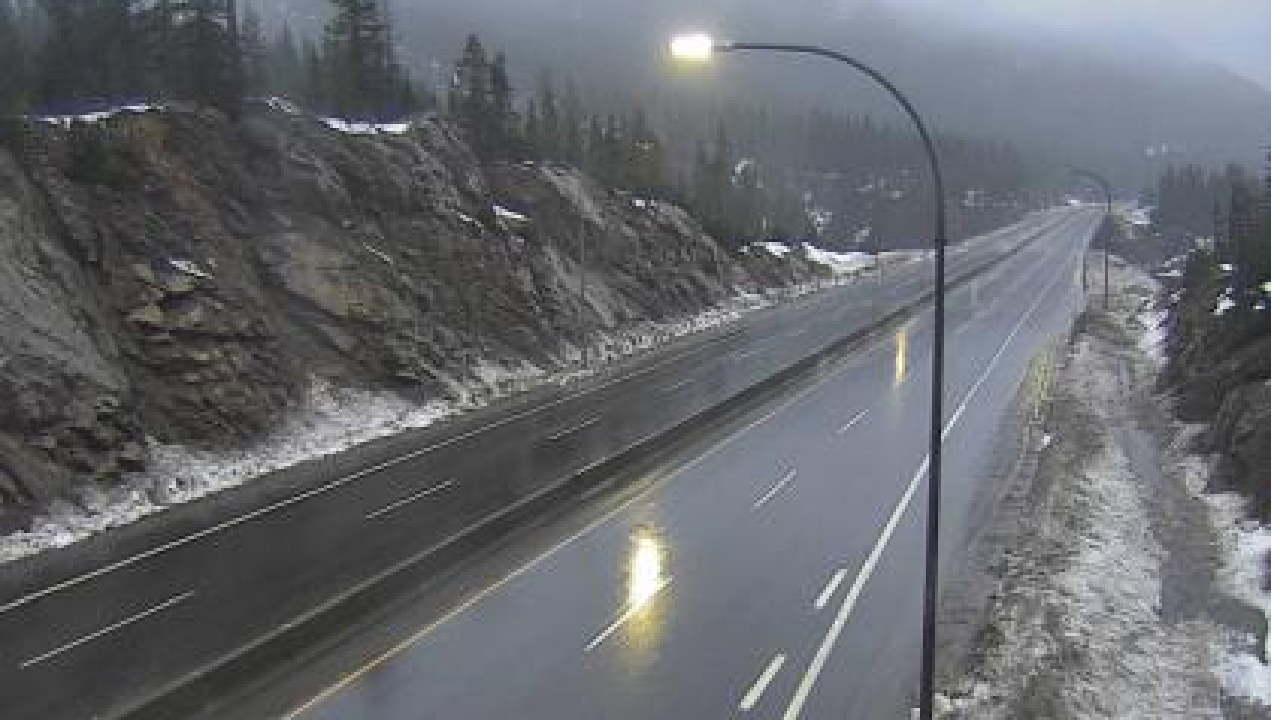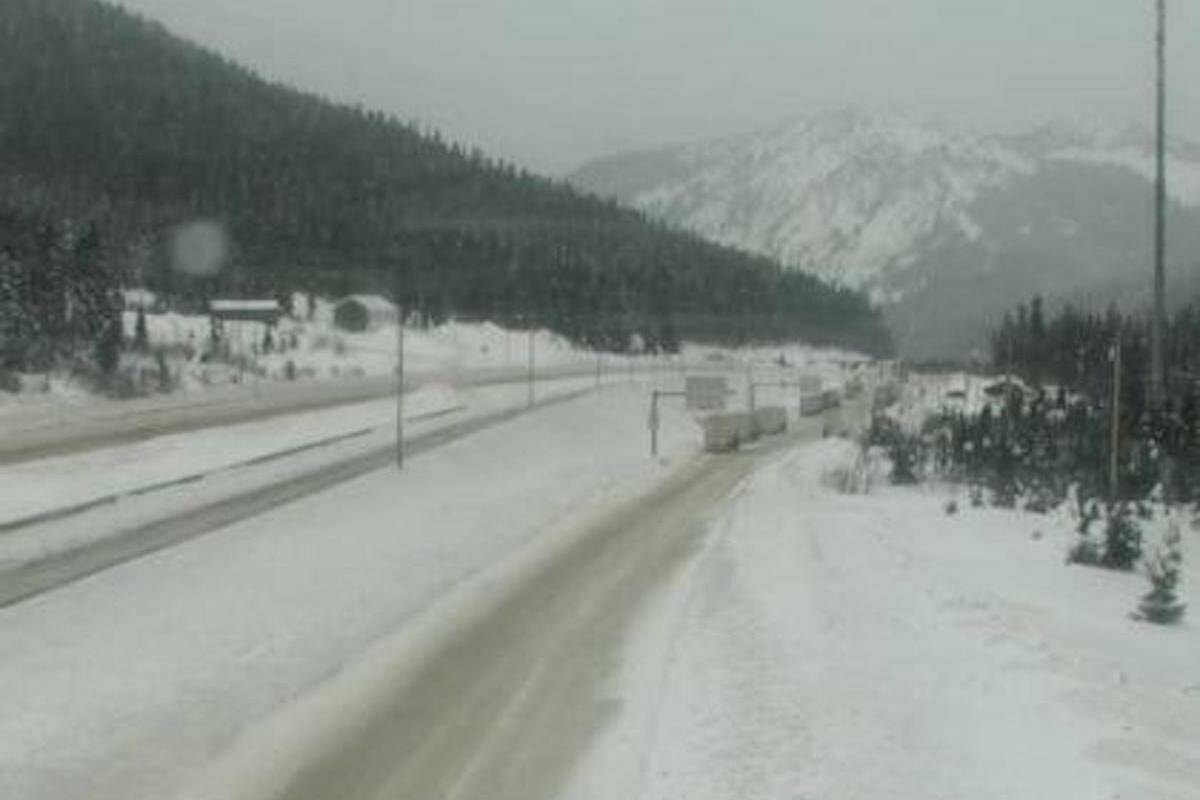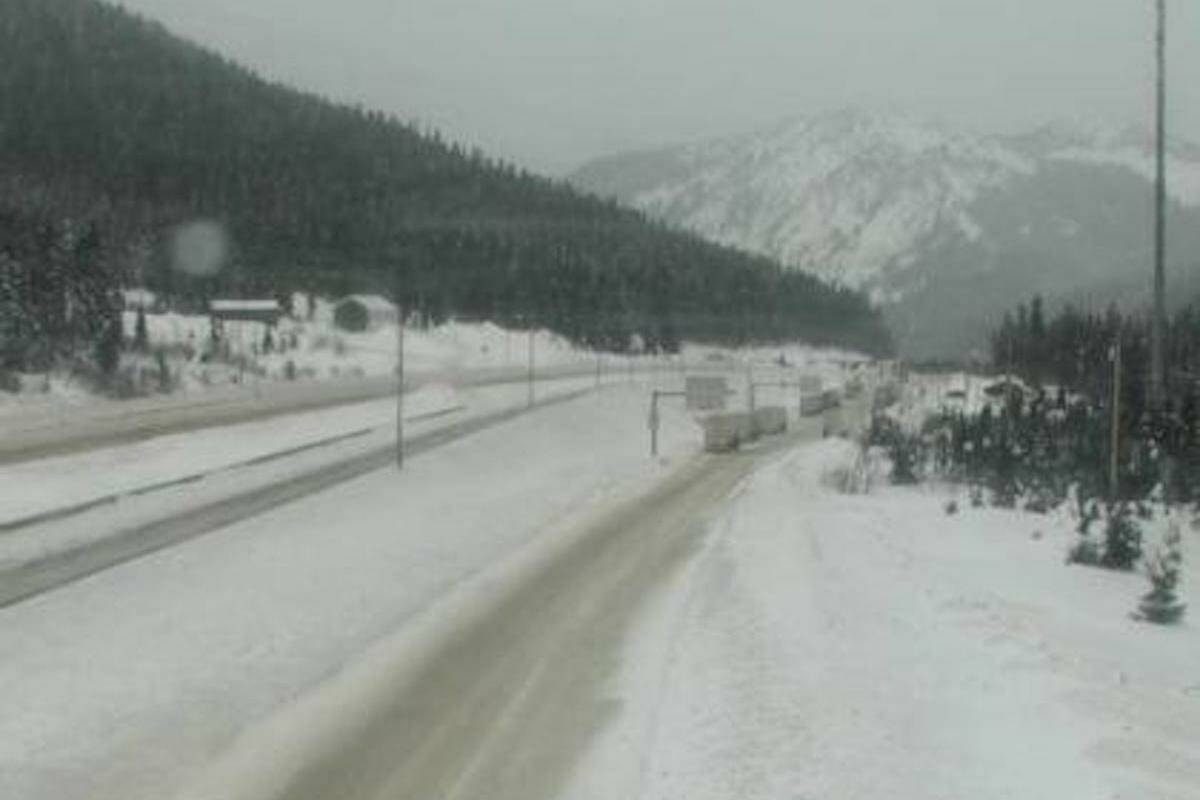Coquihalla weather camera feeds offer invaluable real-time insights into conditions on this challenging highway. Understanding how these cameras function, where to access their feeds, and how to interpret the imagery is crucial for safe travel. This exploration delves into the technology behind these cameras, their limitations, and how they contribute to improved decision-making for both drivers and transportation authorities navigating the often-treacherous Coquihalla Highway.
From the impact of heavy snowfall reducing visibility to the dangers of black ice after a rainfall, the cameras provide a visual record of the ever-changing conditions. This information is not just for drivers; it also helps transportation agencies to manage traffic flow, deploy resources effectively, and ensure the safety of the travelling public. This detailed look at the Coquihalla weather camera system provides a comprehensive understanding of its role in enhancing safety on this vital transportation artery.
Coquihalla Highway and its Weather Camera Network: Coquihalla Weather Camera
The Coquihalla Highway, a vital transportation artery in British Columbia, Canada, presents unique challenges due to its mountainous terrain and unpredictable weather. This article explores the highway’s geographical features, typical weather patterns, and the crucial role of its weather camera network in ensuring safe travel. We will examine the functionality of these cameras, how to access their feeds, interpret the images, and understand the limitations of this technology.
Coquihalla Highway Overview
The Coquihalla Highway (Highway 5) traverses the rugged Coquihalla Pass, characterized by steep grades, sharp curves, and high elevations. Its significance lies in connecting the Lower Mainland of British Columbia with the Interior, providing a crucial link for commerce and transportation. The highway experiences diverse weather conditions throughout the year, ranging from heavy snowfall and freezing rain in winter to intense heat and wildfires in summer.
Historically, significant weather events, such as blizzards and severe flooding, have caused closures and disruptions, highlighting the need for robust monitoring systems.
Functionality of Weather Cameras
Coquihalla Highway’s weather cameras utilize a combination of high-resolution lenses, weatherproof housings, and data transmission technologies. These cameras capture real-time images, which are then transmitted via cellular or satellite networks to online platforms. Various types of cameras are employed, including those equipped with infrared capabilities for night vision and enhanced visibility in low-light conditions. The image quality and data provided vary depending on the camera’s specifications, location, and environmental factors.
Some systems provide additional data like temperature and wind speed.
Monitoring the Coquihalla Highway’s weather conditions is crucial for safe travel, often relying on dedicated weather cameras. Understanding the impact of severe weather on transportation also highlights the importance of advanced aviation technology, such as that developed by archer aviation , which could potentially improve real-time weather data collection and emergency response in challenging terrains like the Coquihalla.
Ultimately, improved weather monitoring systems could contribute to safer driving conditions on the highway.
Accessing Coquihalla Weather Camera Feeds
Several online platforms and applications offer access to live feeds from Coquihalla Highway weather cameras. These platforms often provide interactive maps, allowing users to select specific camera locations. Accessing these feeds typically involves navigating to the platform’s website or launching the application and selecting the desired camera view.
| Platform | URL | Features | Accessibility |
|---|---|---|---|
| DriveBC (Example) | [Example URL – Replace with actual URL] | Live camera feeds, traffic information, road conditions | Website and mobile app |
| [Platform 2] | [URL] | [Features] | [Accessibility] |
| [Platform 3] | [URL] | [Features] | [Accessibility] |
| [Platform 4] | [URL] | [Features] | [Accessibility] |
Integrating these feeds into a personal website or application typically involves using an embedded code provided by the platform or utilizing APIs to access the image data directly. The specific steps vary depending on the platform and the chosen method of integration.
Interpreting Weather Camera Images

Interpreting weather camera images requires careful observation of visual cues. For example, heavy snowfall is indicated by reduced visibility, accumulation of snow on the road surface, and potentially, slow-moving or stopped vehicles. Fog appears as a hazy or obscured view, while rain can be identified by the wet road surface and decreased visibility. Black ice, often invisible to the naked eye, might be indicated by the presence of sheen on the road surface or the behavior of vehicles.
The Role of Weather Cameras in Safety

Weather cameras play a vital role in enhancing road safety along the Coquihalla Highway. By providing real-time visual information, they allow drivers to make informed decisions about their travel plans, potentially avoiding hazardous conditions. Transportation authorities utilize camera feeds for monitoring road conditions, dispatching emergency services, and making decisions about road closures or travel advisories. In numerous instances, weather camera data has been instrumental in preventing or mitigating accidents and traffic disruptions.
Monitoring weather conditions on the Coquihalla Highway is crucial for safe travel, especially during winter. Drivers can readily access real-time visual updates by checking the coquihalla weather camera , which provides a valuable perspective on current road conditions. This readily available resource helps drivers make informed decisions about their journeys, enhancing both safety and trip planning along the Coquihalla.
Limitations of Weather Cameras, Coquihalla weather camera
While valuable, weather cameras have limitations. Their effectiveness can be affected by factors such as camera malfunctions, poor lighting conditions, or obstructions blocking the camera’s view. Furthermore, cameras provide only a snapshot of conditions at a specific location and time, and may not fully capture the dynamic nature of changing weather patterns.
| Advantages | Disadvantages |
|---|---|
| Real-time visual information | Limited field of view |
| Improved driver awareness | Susceptible to equipment failure |
| Supports informed decision-making | Cannot detect all hazards (e.g., black ice) |
| Assists in emergency response | Affected by lighting and weather conditions |
Supplementary Information Sources

Drivers should not rely solely on weather cameras. Supplementing this information with other sources such as official weather forecasts, traffic reports from DriveBC or similar agencies, and real-time traffic apps enhances situational awareness. Each source offers unique benefits and limitations; for example, forecasts provide predictive information but might not reflect real-time conditions, while traffic reports capture current flow but may not detail specific weather hazards.
- Check weather forecasts before travelling.
- Monitor DriveBC for road closures and advisories.
- Use a GPS navigation system with real-time traffic updates.
- Pack emergency supplies for potential delays.
- Check road conditions with local authorities.
Visual Representation of Weather Impacts
Heavy snowfall dramatically reduces visibility, often to near zero. The road surface becomes covered in snow, potentially leading to hazardous driving conditions. Accumulation can create drifts, blocking lanes and making travel impossible. Avalanches pose a significant risk in mountainous areas.
Heavy rainfall can lead to flooding, hydroplaning, and reduced visibility due to spray. The road surface becomes slick and treacherous, increasing the risk of accidents. Standing water can conceal potholes and other road hazards.
Fog significantly impairs visibility, creating extremely dangerous driving conditions. The road surface may be wet, further reducing traction. Drivers might encounter reduced visibility even with headlights.
The Coquihalla weather camera system stands as a testament to the power of technology in enhancing road safety. While not a foolproof solution, the readily available visual data, coupled with responsible driving practices and awareness of alternative information sources, significantly contributes to safer travel on this notoriously challenging highway. Understanding the system’s capabilities and limitations empowers drivers to make informed decisions and enhances the overall safety of the Coquihalla Highway.
FAQ Resource
What types of cameras are used on the Coquihalla?
A variety of high-resolution cameras are employed, often including those with infrared capabilities for night vision and enhanced visibility in low-light conditions.
How often are the images updated?
The update frequency varies depending on the specific camera and system, but many provide near real-time updates, typically every few minutes.
Are the cameras always operational?
While designed for continuous operation, occasional outages due to power failures or equipment malfunctions can occur. Checking multiple sources is always advisable.
What if the cameras are obscured by heavy snow or fog?
In such instances, relying solely on camera feeds is unreliable. Supplementing camera data with official weather forecasts and traffic reports is crucial for safe decision-making.
